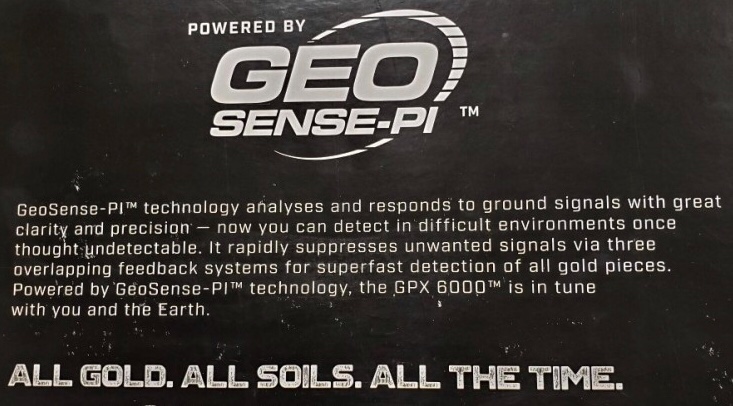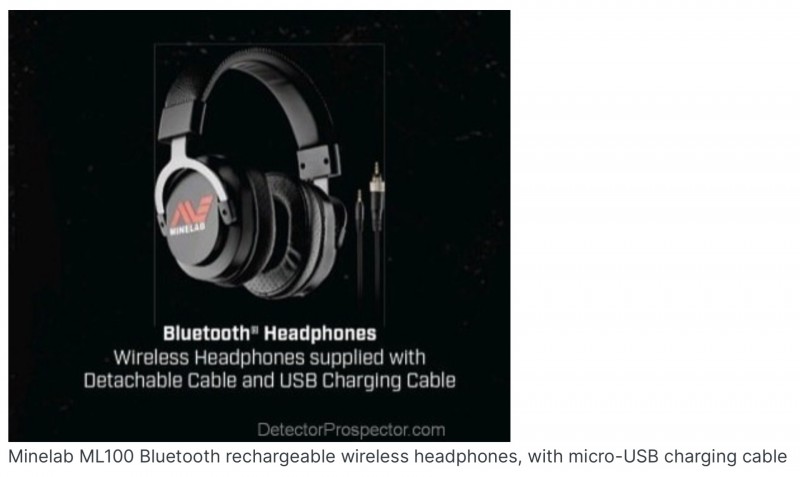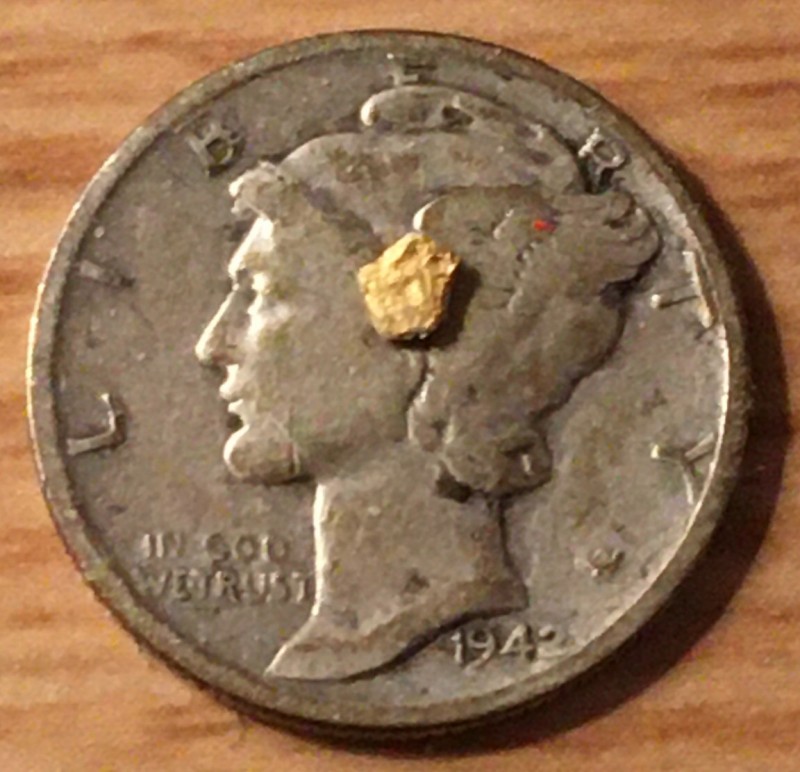-
Posts
1,185 -
Joined
-
Last visited
Content Type
Forums
Detector Prospector Home
Detector Database
Downloads
Everything posted by Lunk
-
Great post, Chris. I would like to add that different coil configurations can have their own unique method used to pinpoint a target with. There are three main coil configurations that we electronic prospectors are familiar with, the first and perhaps most widely used being the mono coil, with which Chris' pinpointing method works very well, especially on deeply buried targets. However, on shallow targets, the hot spot on mono coils moves towards the outer edge of the coil as the coil gets closer to the target, so that tipping the coil vertically and using just the edge can quickly pinpoint a shallow target with great accuracy. This method also applies with the DOD coil of the GPZ 7000; deep targets pinpoint in the center of the coil, while shallow targets can be easily pinpointed with the coils edge. The third coil configuration is the traditional double D, on which targets, both deep and shallow, hit on the center line from the front edge of the coil to the back edge. The pinpointing method here is called the “wiggle-back”...simply swing the coil repeatedly over the target using a very narrow swing of only a couple of inches, while slowly moving the coil towards your feet until the target response disappears; at this point, the target is located just off the front tip of the coil.
-
Agreed, not a meteorite. Dolomite perhaps? Here are some simple home tests you can do if you suspect you may have found a meteorite: http://meteorite-identification.com/streak.html
-
You're right, Tom; and it sure sounds like the summary section of the patent is describing the 3 overlapping feedback systems employed in the GPX 6000 to eliminate signals produced by changing mineralization and EMI. And hopefully the new method of discrimination for a future PI/ZVT hybrid detector, since it's oblivious to soil mineralization, will be accurate to full depth. Wouldn’t that be something.🤔
-
OMG I can’t wait!!!
-
Nice going!
-

Minelab GPX 6000 Full Reveal In February 2021?
Lunk replied to Steve Herschbach's topic in Detector Prospector Forum
Since I won’t be needing a harness when swinging the GPX 6k, this wearable speaker is the perfect solution for me. -

Minelab GPX 6000 Full Reveal In February 2021?
Lunk replied to Steve Herschbach's topic in Detector Prospector Forum
Bingo. Avantree Wearable Speaker -

Minelab GPX 6000 Full Reveal In February 2021?
Lunk replied to Steve Herschbach's topic in Detector Prospector Forum
All you really need is a Bluetooth 5.0 aptX low latency speaker; plenty to choose from on Amazon. I already got one for the GPX 6000, and it also works great with the Equinox. -
Nice haul, congrats to you both!
-
-
One more thing: Debbie said that Doc's Detecting is already busy designing the protective covers for the GPX 6000. TIA Doc, you rock!
-

Big Gold Nugget Found - Arizona - GPZ 7000 - Video
Lunk replied to Rob Allison's topic in Detector Prospector Forum
Nice nugget, guys, congrats! -

Minelab GPX 6000 Controls & Setup
Lunk replied to Steve Herschbach's topic in Detector Prospector Forum
I think most use the wife.😀 -
That would be nice!
-
When I say big gold, I mean multi-ounce to multi pound nuggets. Guess you'll have to do some side by side comparisons when you get one. Looking forward to your report!
-
Get a second job, mortgage the house, get an auto title loan...whatever it takes, man!🤣
-
I don’t think that will happen, just by virtue of ZVT vs PI; ZVT simply has more grunt on the big stuff.
-
It’s my opinion that it will replace the Z only on small to medium sized gold at depth, but certainly not on large nuggets, as the Zed is raw power, while the 6000 seems to have the edge on sensitivity. And with the lighter weight, the 6000 will excell at patch hunting, especially with the 17” mono. It will be an excellent meteorite hunter as well.
-
Good point, but I have found stuff that small with audio smoothing on - nuggets down to 0.06 of a gram, and even smaller bits of iron/steel. One has to remember though that that small of gold isn’t nearly as conductive as even smaller bits of iron.
-
-
Thanks Gerry. I'm definitely looking forward to helping you train folks on Minelab's latest, exciting offering.
-
That’s correct, Jason, However, I did not try the Salt Cancel mode.
-

GPX 6000 Draft Manual & Internal Photos
Lunk replied to Steve Herschbach's topic in Detector Prospector Forum
Looks like we should all chip in to charter a flight to Dubai, so that we can buy the African market packages. 🤪 -

GPX 6000 Draft Manual & Internal Photos
Lunk replied to Steve Herschbach's topic in Detector Prospector Forum
Debbie confirmed to me today that we get one battery.




